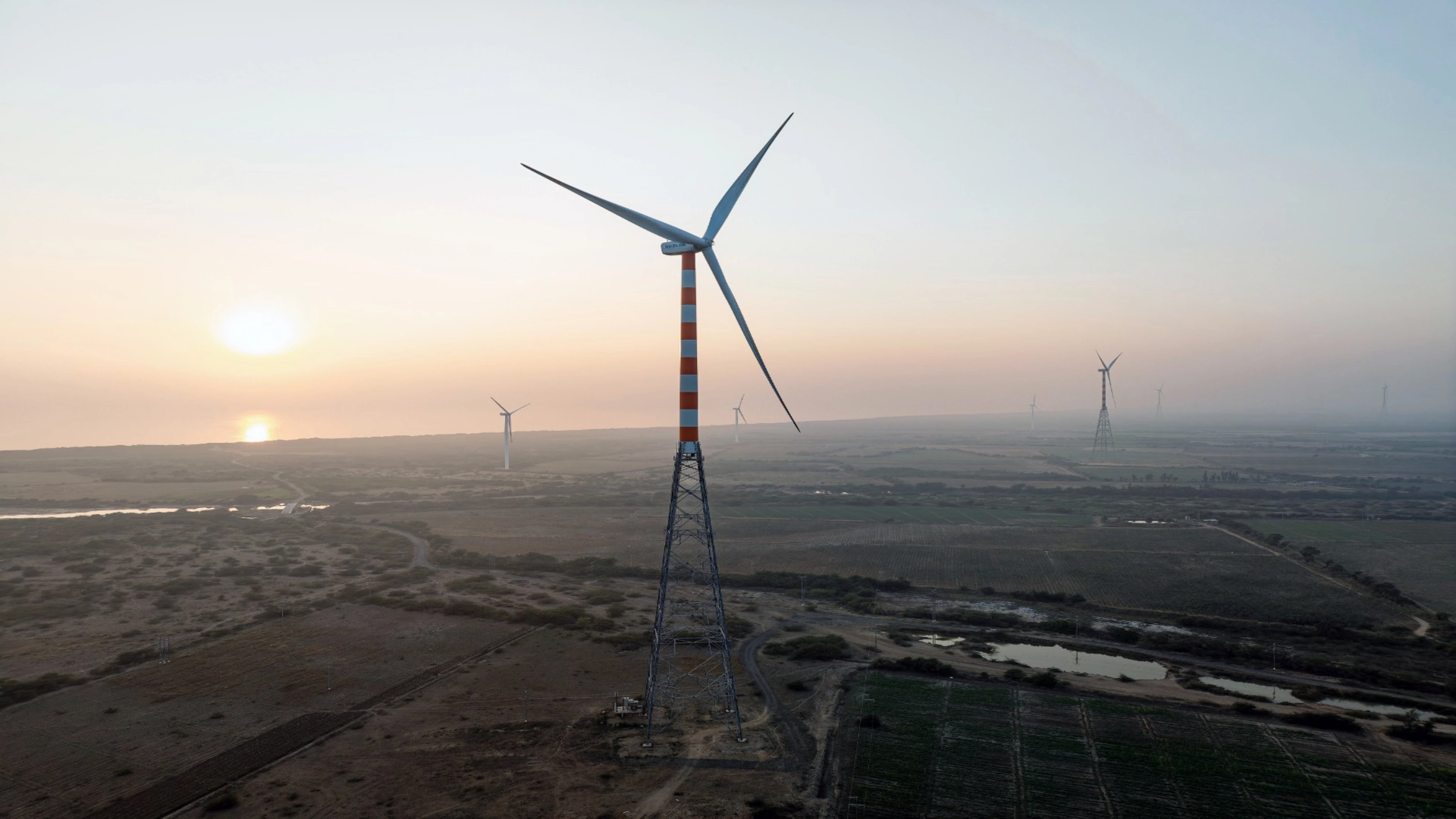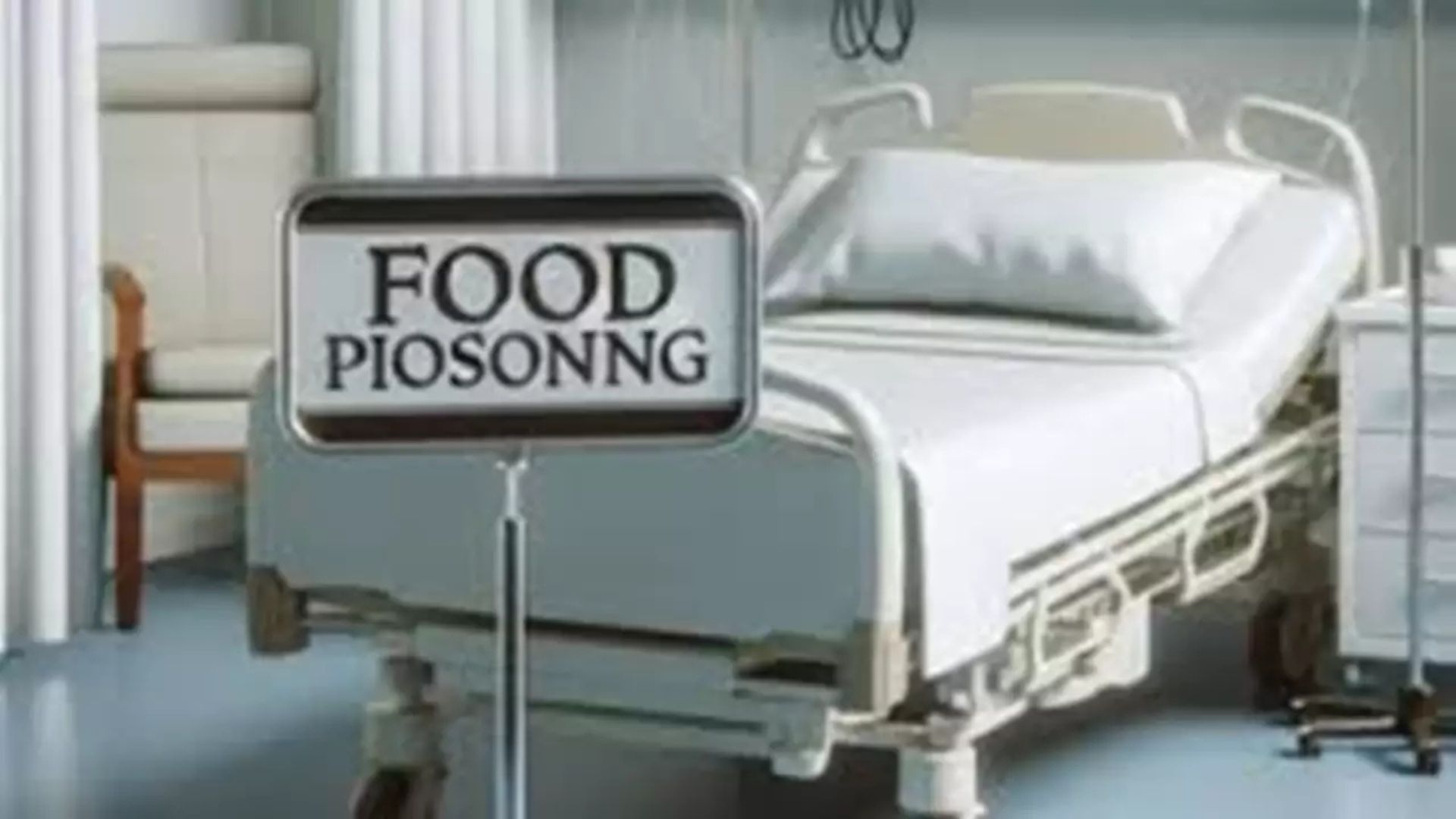
“ Microplastics” describes the totality of all synthetic plastics and its allied products which come in anything that is smaller than 5mm and which are directly or indirectly released or formed in the environment. Some of them have been formed by breaking away from bigger plastic chunks that have been dismantled or fragmented over a period of time. Debris that comes out of Tyres etc. Likewise in the case of cosmetic microbeads used in facial scrubs. The list of consumer and commercial products with the intentionally added microplastics is beyond imagination. Right from detergents, paints, cosmetics, medicines, pesticides etc. Over a period of time these tiny particles clog and flood into our environment.
Types of Microplastics:
1. Primary Microplastics
Type A- Some of the examples are Microbeads, Abrasives, Polymer
Type B- Fibre Abrasion, Tyre
2. Secondary Microplastics- Weathering of Microplastics in the Environment.
Microplastics do not just contaminate the ocean. These microplastics use winds as a carrier and fill our lungs when we breathe. The alarming rate at which sources of freshwater and our food has been damaged by microplastics is unimaginable .
It’s been established beyond doubt through research and study of faeces of people from Europe, Asia and rest of the world over the years that we do ingest microplastics . Also it has been demonstrated that some of these microplastics are egested from our system. A wide range of animal studies has been conducted and scientists found that even the smallest form of micro plastics are capable of passing the gut and reaching the human bloodstream and subsequently they are capable of travelling to other parts of the human body. Based on this, researchers have reached a hypothesis that exposure of human beings to microplastics could lead to inflammation, DNA damage, Oxidative stress etc. And when inflammation becomes chronic it leads to serious health problems. Interestingly not just microplastics , the surface of microplastics in the environment are colonised by microorganisms which are nothing but human pathogens. There was this research done in 2016 which identified the human pathogen Vibrio cholera which causes cholera in humans attached to microplastics sampled from North and Baltic Seas
Stopping the spread of microplastic pollution begins with holding companies accountable that produce and use plastics. This undoubtedly requires government action and strict penalties because companies show no signs of slowing down their plastic production.
In the meantime, there are small things you can do in your own life to limit microplastic pollution.
Here are some concrete ways to reduce your microplastic footprint.
1.Stop Using Single Use Plastics:
Most of the plastic eventually breaks down into microplastics . Simple things to reduce your interaction with plastic – Buy reusable water bottles, multi use or steel straws, tote bags for groceries and food shopping . Always buy fresh food and bulk items at the grocery store .
2.When possible, shop local rather than through delivery services like Flipkart or Amazon that use a lot of plastic for packaging.
3.Buy Only Plastic Free Cosmetics Brands or buy brands which are cruelty free because these brands are more likely to be socially conscious of their actions as compared to the MNCs.
4.Use Public Transport instead of a Car because that will overall limit the tyre erosion and plastic pollution
5.Ensure that the Garments that you purchase are made out of Natural Materials Like Cotton , Wool , Silk or are Organic in Nature
6.Install Additional Filters in your Washing Machine that can catch Microplastics from your existing garments
7.Discard your Microwave Oven – Plastic Containers leach plastics when heated and this also includes the so called plastic containers that are labelled microwave safe.
8.Reduce Dust and Vacuum Daily – Close to 40% of dust particles around the home is made up of microplastics and therefore that amount can be reduced by ensuring your home is fresh and clean at all times.
9.Glitter: Avid crafters and young kids usually use of glitter. Most glitter is made from polyethylene terephthalate or polyvinyl chloride film which are both very hard to dispose of and end up in the environment as microplastics.
10.Wet wipes: Baby wipes, hand wipes, and makeup wipes are typically made up of various “poly” products or a mixture of these plastics and other fibers.
11.Tea Bags: Tea Bags are not entirely biodegradable. Most tea bags are made from paper, but a small amount of plastic is still used to seal them shut in the mesh. This plastic skeleton breaks down into tiny pieces when the paper breaks down in compost or soil.
The author is a Managing Partner at Veen Waters India Pvt Ltd.















